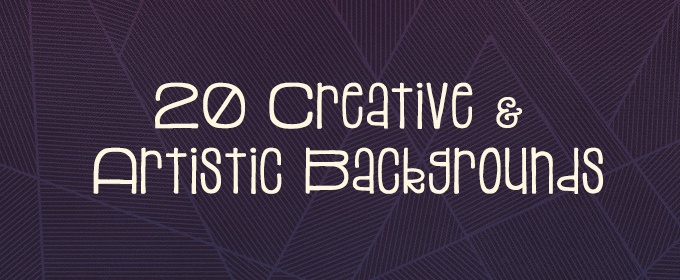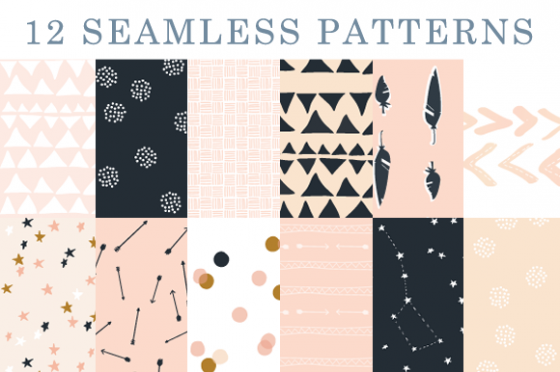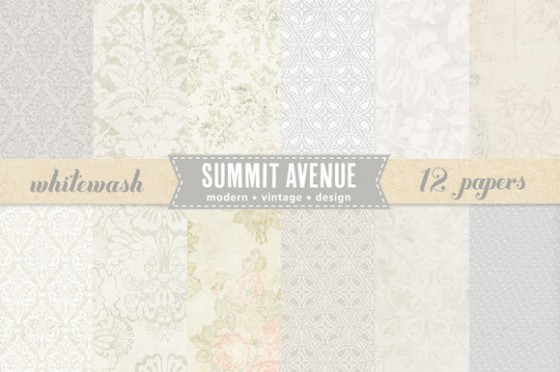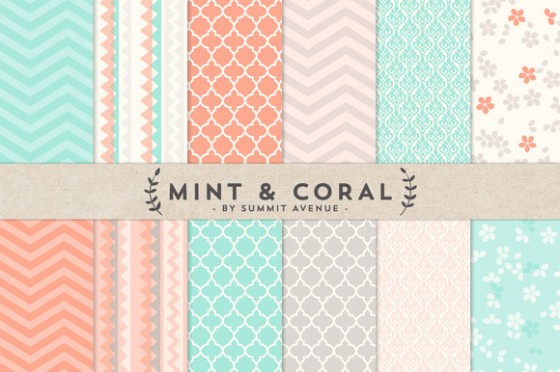Choosing the Best Paper for Your Print Project
You never get a second chance to make a first impression. While the origin of this bit of wisdom is unclear—“experts” have attributed it to Oscar Wilde, Mark Twain and Will Rogers—it’s a statement that should be ever present in the minds of small business owners, especially as it pertains to their print marketing projects. The right paper is essential to a great first (or second, third or fourth) impression.
Unfortunately, choosing the ideal paper is nothing if not confusing. There are literally hundreds of options available, and small business owners often end up making the wrong selection because they don’t understand the industry jargon.
This article aims to put an end to that. Read on for the ultimate simplification of the basics along with best practices you can use to change your print projects for the better.
But first, let’s review some essential vocabulary
Choosing the right paper for your print project would be easier if manufacturers would stick to one definition to describe the weight of their product. Unfortunately, that’s just not the case.
- Pound – The industry defines pound as the basis weight of a 500-sheet ream of the paper at its basic size. This measurement is often stated using “#,” the pound symbol. For example, 500 sheets of 20# paper weigh 20 pounds.
- Point – Point, or caliper point, refers to the thickness of an individual sheet of paper when measured with a micrometer (e.g. 20pt). Papers measured in points are typically “board grade” paper which are slightly lower quality than paper measured in pounds. Thicker papers have higher point designations.
- Cover: Cover stocks are heavier, somewhat rigid and not easily folded. These paper types are best for publication covers, business cards, greeting cards, folders, and postcards. They can have coated or uncoated finishes.
Paper coating:
Coated – Coated paper has a waxy finish (shiny or matte). Coated papers are available in a gloss, silk (sometimes called satin) or matt finish and are used for projects requiring a fine finish. Coated paper can give the printed piece a classier look. Note: Do not use gloss if your product will be used for note-taking. Gloss finish is very difficult to write on.
Types of coating:

- UV Coating: (Ultra Violet): UV coating is a highly protective, ultra-shiny gloss coating. The solvent-free UV coating provides an extremely hard finish that’s chemical and abrasion resistant. It makes details really pop! It can be used on the entire piece or strategically placed on specific areas to make them stand out, such as a logo or photo.
- Aqueous-This is a clear water-based coating that is thinner than UV Coating. It provides a medium-gloss surface that deters dirt, fingerprints and scuff marks. It protects pieces such as postcards and brochures as they go through the mail, and business cards as they ride around in people’s pockets.
- Coated One Side (C1S) – A cover stock that has a coating on one side and is dull on the reverse side. C1S papers are typically used for products like Holiday Cards or Birthday cards where you want the outside to pop with a glossy finish and for the inside to be writable.
- Coated Two Sides (C2S) – A cover stock that has a coating on both sides. This is typically used for flyers, brochures, booklets, and handouts that will not be written on.

Uncoated - This paper has an untreated surface-resulting in a dull and unreflective look. Uncoated paper is typically used for letterhead, envelopes, and notepads. Premium uncoated paper can also be used to provide an earthier, more personal feel for important Invitations, Announcements, and Thank You cards.
The ink used to print your marketing piece will appear differently depending on the finish of your paper.

- Gloss – A gloss finish produces a shiny paper surface, such as that you’d find on a photograph. It can make full color images and graphics appear more vibrant and visually appealing. It also protects the ink from fading and moisture. Although images on high-gloss paper look great, the shine makes reading text off the page more difficult.
- Satin – A satin finish falls somewhere between gloss and matte. It produces a slight sheen, enhancing full color images and graphics while preserving the readability of text.
- Matte – A matte finish produces a smooth yet muted paper surface. It yields a more “artistic” feel to the finished product. Colors appear softer, and text-heavy documents may be easier to read. It also eliminates fingerprints.
Getting Specific:Common Paper types and uses
80# Gloss Text
This is standard glossy paper stock, about as thick as a light magazine cover. The shiny finish provides an excellent opaque base for rich process color printing. This is a very popular stock for brochure printing, catalog Inserts, flyers, posters, etc.
80# Gloss Cover
As a “cover” stock, this paper is stiff, about like a postcard or baseball card. This stock is coated with a glossy finish, making photographs and other images look beautiful. Standard uses: durable, heavy-weight Brochures, Catalog Covers, Product Spec Sheets.
80# Dull/Matte Text
This stock is finely coated with a non-gloss finish. It provides an excellent opaque base for easy to read, crisp typography. Standard Uses: Brochures, Newsletters, Catalog Inserts, and Flyers, etc.
80# Dull/Matte Cover
Most dull/matte cover is a typically around a 9 PT cover stock with a smooth, non-shiny coating. It is well suited for detailed, crisp printing without sacrificing the ability to easily write on the paper. Often selected with the 80# dull/matte text option for inside your catalog or booklet piece.
100# Gloss Text
Similar to the 80# gloss text, but 25% thicker and heavier, for a more substantial feeling piece. Standard uses: Brochures, Information Sheets, Direct mail pieces, Posters, Door Hangers, etc.
100# Dull/Matte Text
Thicker and heavier than 80# Dull/Matte text for a more substantial feeling piece. Provides a non-glossy, opaque base for detailed, crisp printing.
100# Uncoated Cover
An option for business cards, rack cards and bookmarks. This is smooth and typically around 14 PT in thickness.
110# Uncoated Matte
This paper is often referred to as card stock. This is a great choice when you want the details on your invitations to look crisp and clear, or when your postcards need to withstand a bit of abuse.
120# Gloss Cover
This has a high quality look. It is a glossy, coated finish to make photographs and other images look beautiful. Aqueous coating can be added for an even more protection and shine.
120# Dull/Matte Cover
This typically has a smooth, non-shiny coating. It is well suited for detailed, crisp printing without sacrificing the ability to easily write on the paper. An excellent choice for Business Cards, Postcards, Note Cards and Greeting Cards.
70# Uncoated Text
This is typically used for stationery, envelopes and newsletters. Many common stationery stocks are not optimized for 4-color printing. This paper feels substantial, and is the best type of uncoated paper stock available for full-color printing.
24# Uncoated and 28# Uncoated
This is a standard stock commonly used for envelopes, also called White Wove. The 28# is thicker and heavier than the 24#.
Magnet Stock or Magnetic Paper
Usually thicker- it should deliver high quality printing with excellent color reproduction and will stick to most metal surfaces. It’s a great choice for business cards, postcards, coupons, calendars, sport schedules, and menus.
article credit: overnightprint.com
 When searching for the origins of BMW's logo you will no doubt come across the common myth that it was based on the propellers/ air screws of their aircraft (the white part of the logo) cutting through the sky (the blue part of the logo).
When searching for the origins of BMW's logo you will no doubt come across the common myth that it was based on the propellers/ air screws of their aircraft (the white part of the logo) cutting through the sky (the blue part of the logo).






